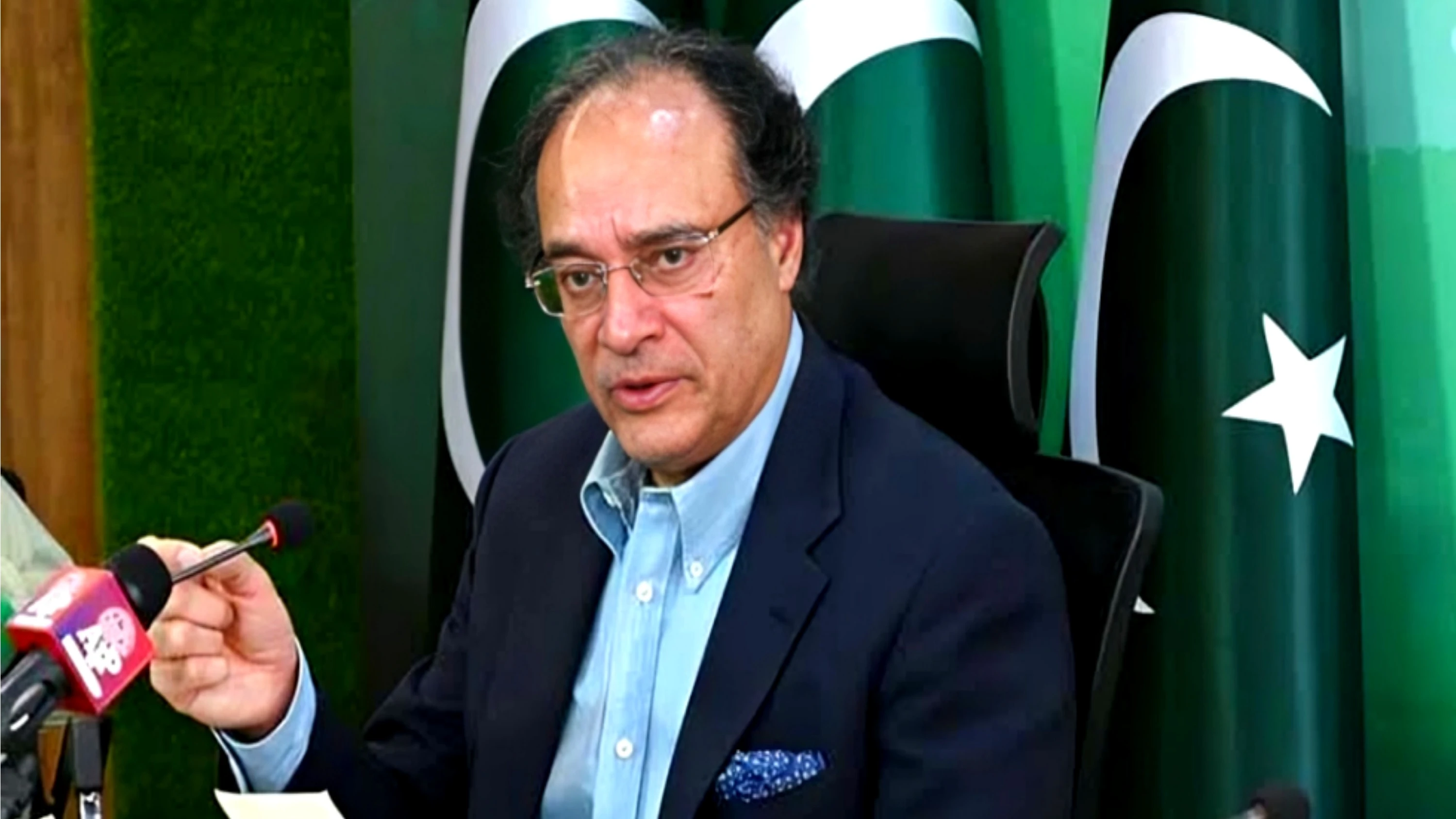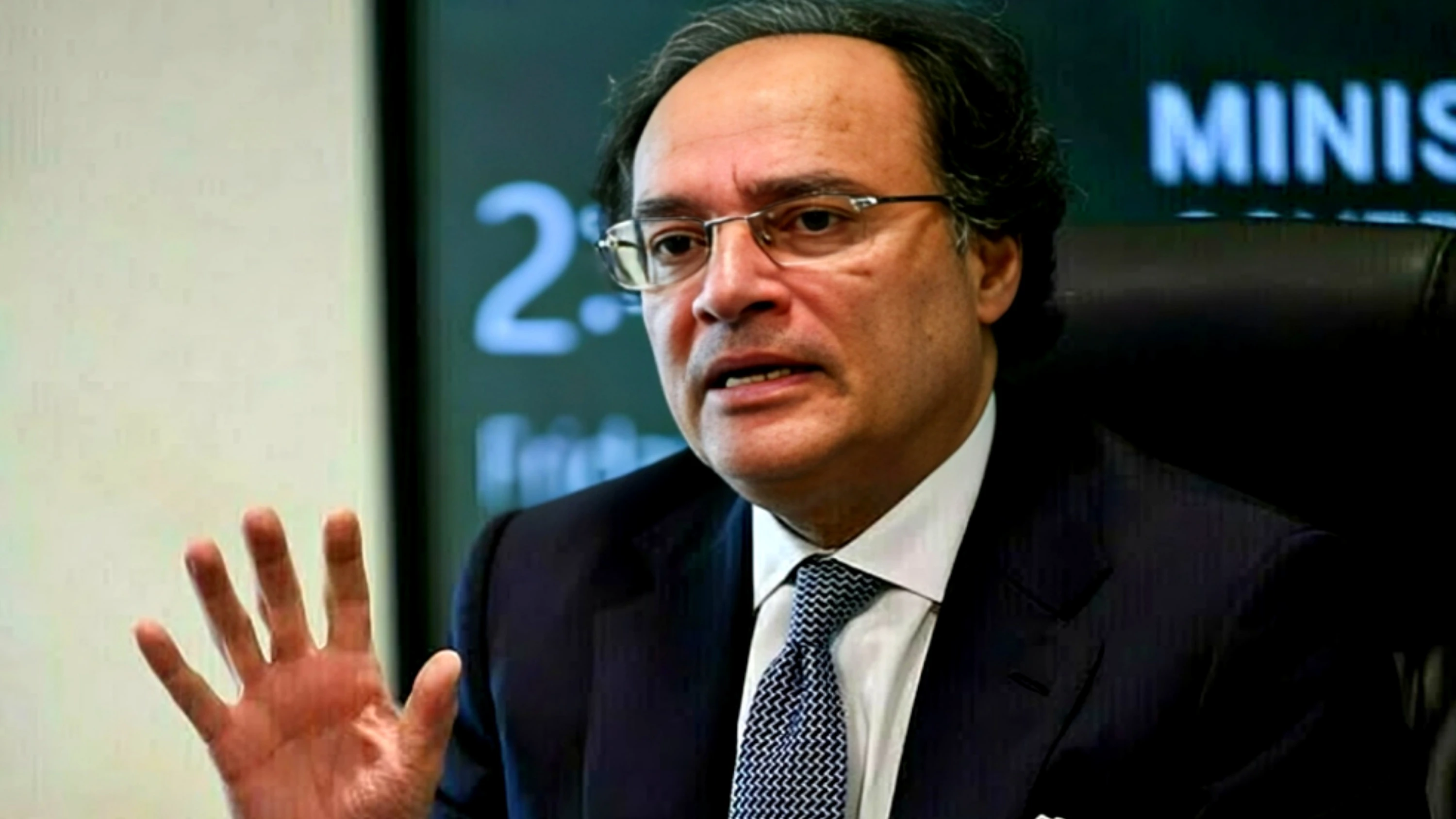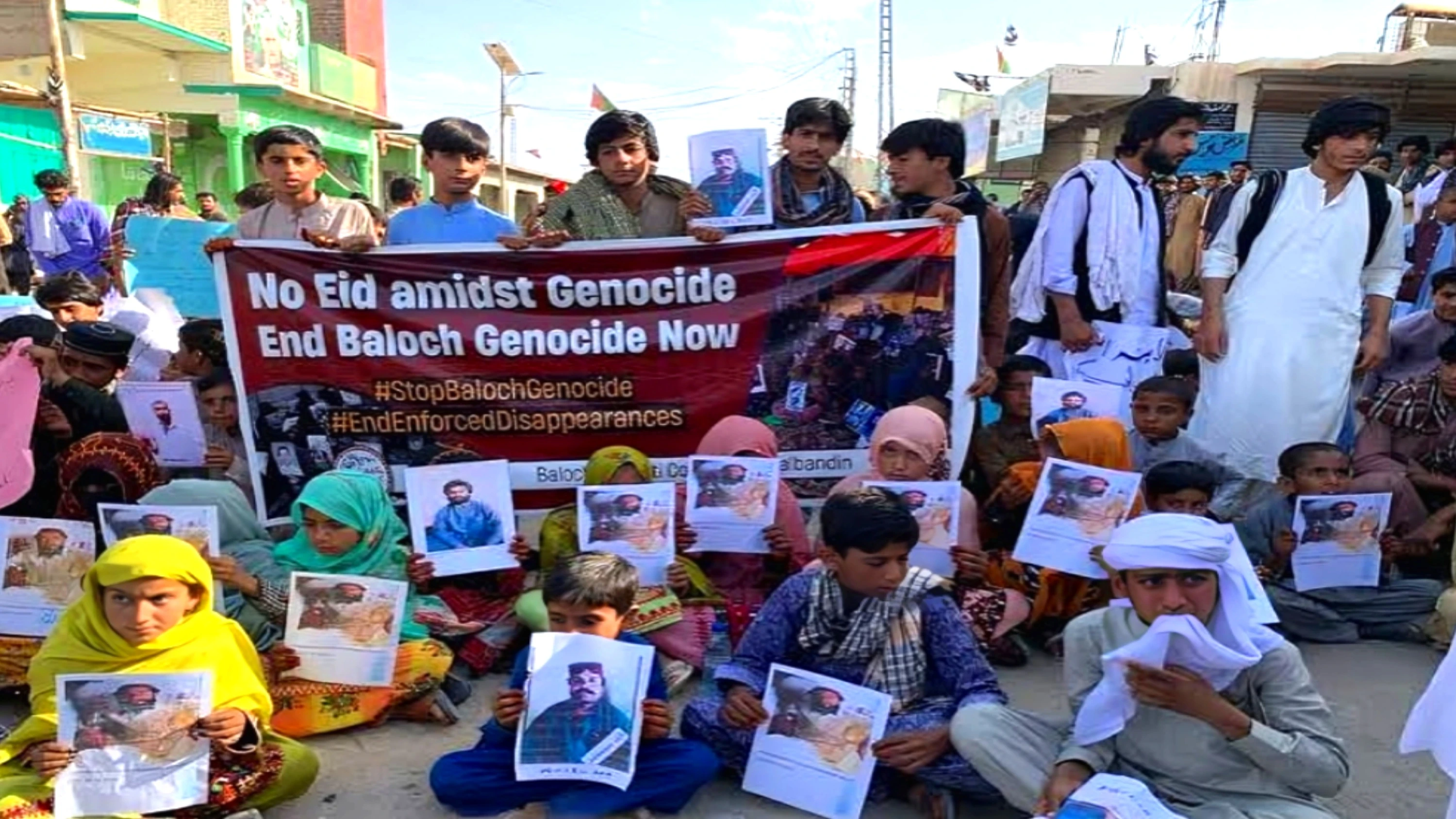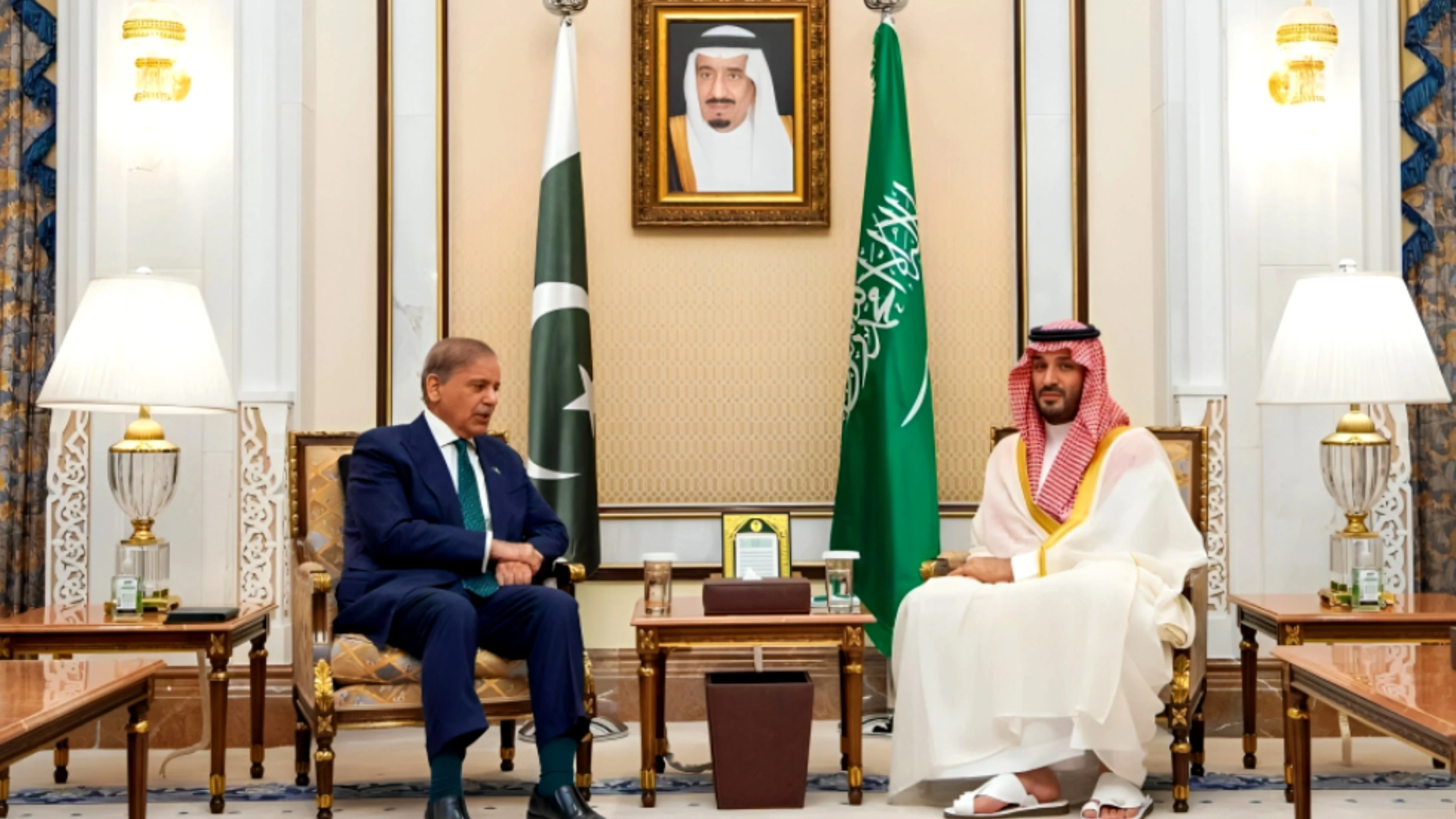Islamabad: Federal Finance Minister Muhammad Aurangzeb presented the Economic Survey for the fiscal year 2024-25, asserting that Pakistan is on a path to economic stability with notable control over inflation and positive macroeconomic indicators.
Speaking at a press conference in Islamabad, the minister acknowledged the global slowdown, noting that the world GDP growth rate has declined to 2.8%. However, he highlighted a rebound in Pakistan’s economic performance. "Pakistan's GDP showed positive growth after contracting in 2023, recording 2.5% growth in 2024 and an estimated 2.7% in 2025," he said.
Aurangzeb stressed that inflation, which had surged beyond 29% in 2023, has now dropped significantly to 4.6%. “We adopted a comprehensive strategy, including a gradual reduction in the policy rate—from 22% to 11% in one year—to combat inflation,” he added.
He emphasized that economic security is a crucial component of national security, stating that global credit rating agencies Moody’s and Fitch have improved Pakistan’s economic outlook. Structural and policy reforms were initiated to ensure sustainable growth. “We are determined to change the DNA of the economy through essential structural reforms,” said Aurangzeb.
Aurangzeb reported a substantial increase in foreign exchange reserves, aided by the confidence of friendly countries. As of June 2024, reserves increased by $5 billion, reaching $16 billion. The debt-to-GDP ratio has decreased from 68% to 65%.
The minister reiterated the importance of the ongoing IMF program, which, he said, supports sustainable economic reforms and provides critical resources. Tax-to-GDP ratio has hit a five-year high, and technology integration has boosted tax revenues. In the energy sector, significant reforms have led to a historic recovery, with professional boards appointed in power distribution companies to reduce losses.
Aurangzeb announced that the government has saved Rs800 billion in debt servicing and made progress on pension reforms. He also revealed plans for downsizing 43 ministries and 400 affiliated departments. “This rationalization will be implemented in phases and explained further in the budget,” he stated.
According to Aurangzeb, exports rose by 6.8% to $27.3 billion, and remittances are projected between $37-38 billion, supported largely by Roshan Digital Accounts. Tax revenues saw a 26% increase from July to May, and the number of tax filers has doubled. IT exports and freelancer earnings reached $400 million, with 74% more retailers registered.
Aurangzeb said the country has no plans to take new loans unless on its own terms. “Savings from debt repayments will be diverted to other development sectors,” he said.
Sector-wise Growth Overview
• Industrial sector grew by 4.8%, with the automobile industry expanding by 48%.
• Services sector posted 2.9% growth, below the 4.1% target.
• Agriculture grew by only 0.6%, missing the 2% target.
• Major crops saw a 13.5% decline, including a 30.7% drop in cotton output. However, vegetables and fruits increased by 7.8% and 4.1%, respectively.
• Livestock production rose from 4.4% to 4.7%.
Other Key Indicators
• Current account balance turned into a surplus, surpassing $10 billion.
• For the first time in 20 years, Pakistan achieved a primary budget surplus.
• The size of the economy increased from $372 billion to $411 billion.
• Per capita income rose by $162 to $1,824.
• Stock market surged by 52.6% due to renewed investor confidence.
• State Bank reserves climbed from $9.2 billion to $11.4 billion.
• Non-tax revenue witnessed a 69.9% increase.
Despite the gains, the original and revised tax revenue targets for the current fiscal year may still fall short, official documents indicate.
Aurangzeb noted that budget allocation for the Benazir Income Support Programme (BISP) reached Rs593 billion, supporting 9.9 million families. About 56,000 youth are receiving IT and vocational training to integrate into domestic and international job markets.








